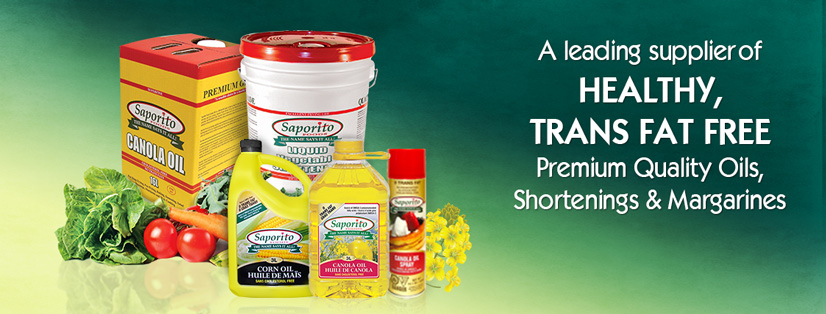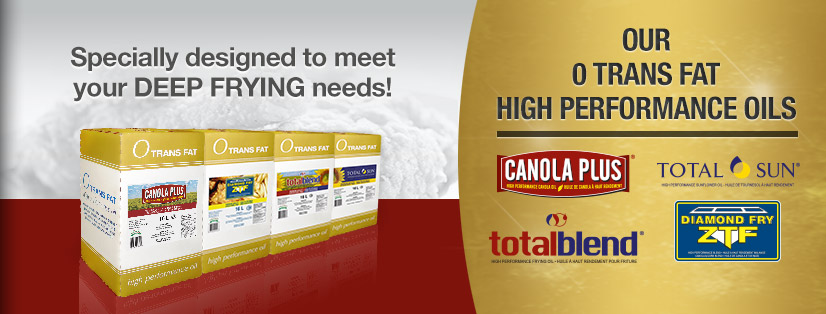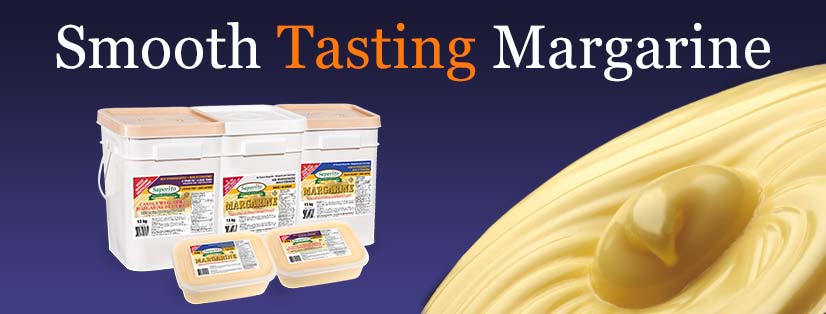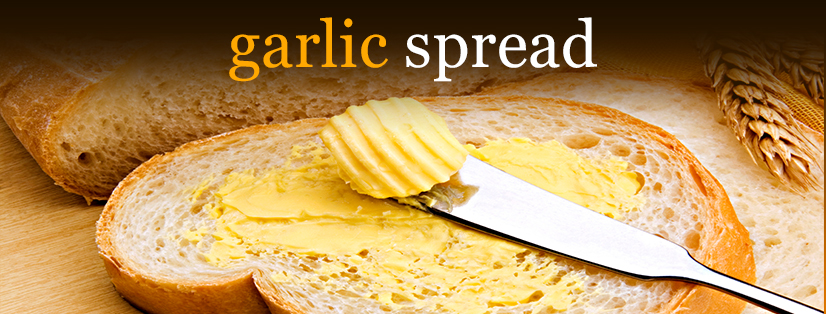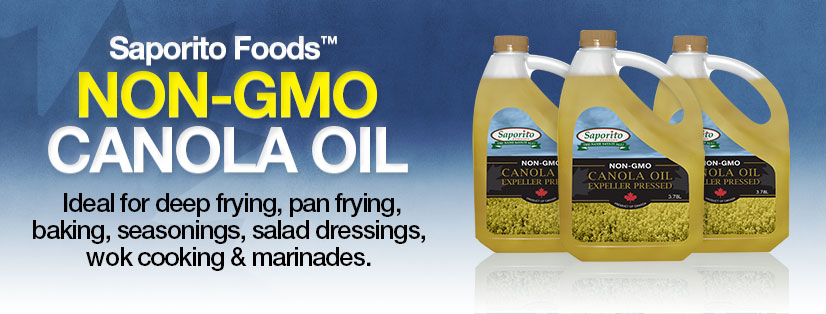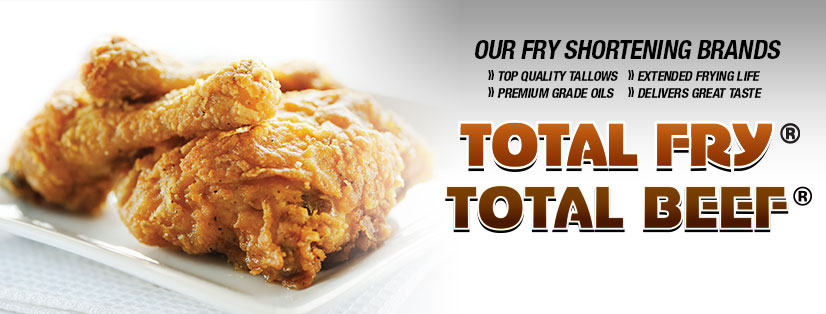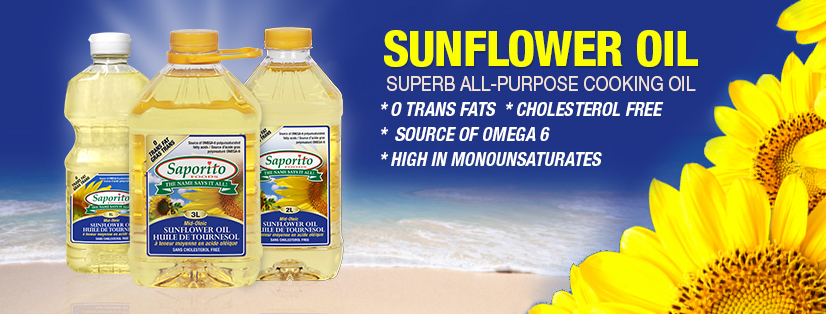Glossary of Terms

TRANS FAT
An unhealthy substance, also known as trans fatty acid, made through the chemical process of hydrogenation of oils. Hydrogenation solidifies liquid oils and increases the shelf life and the flavor stability of oils and foods that contain them. Trans fat is found in vegetable shortenings and in some margarines, crackers, cookies, snack foods and other foods.
Trans fats wreak havoc with the body’s ability to regulate cholesterol. In the hierarchy of fats, the polyunsaturated fats which are found in vegetables are the good kind; they lower your cholesterol. Saturated fats have been condemned as the bad kind. But trans fats are far worse. They drive up the LDL (“bad”) cholesterol, which markedly increases the risk of coronary artery heart disease and stroke.
POLYUNSATURATED FAT
A number of vegetable oils (soybean oil, corn oil and safflower oil), oily fish (salmon, tuna, mackerel, herring and trout), and most nuts and seeds. The polyunsaturated fats are either from the omega-3 (for example, seafood) or omega-6 (for example, most vegetable oils) family.
SATURATED FAT
A fat that is solid at room temperature and comes chiefly from animal food products. Some examples are butter, lard, meat fat, solid shortening, palm oil, and coconut oil. These fats tend to raise the level of cholesterol in the blood.
OMEGA 3
Omega-3 fatty acids are essential fats that your body needs to function properly but does not make. They are found primarily in fish, fish oils, vegetable oils, and leafy green vegetables, and that seem to reduce the risk of stroke and heart attack. Essential fatty acids, regulate the body’s production of cholesterol, and strengthening cell walls, fortifying them against the invasion of viruses and bacteria. They are essential nutrients for the development of the brain and retina, and in infant development. They improve immune functions, they alleviate arthritis symptoms and inflammation, and they lower the risk for cardiovascular disease.
MONOUNSATURATED FAT
From a chemical standpoint, monounsaturated fats are simply fats that have one double-bonded (unsaturated) carbon in the molecule. Monounsaturated fats are typically liquid at room temperature but start to turn solid when chilled. Olive oil is an example of a type of oil that contains monounsaturated fats. Monounsaturated fats can help reduce bad cholesterol levels in your blood and lower your risk of heart disease and stroke.
OMEGA 6
an unsaturated fatty acid in which the double bond closest to the omega (methyl) end of the molecule occurs at the sixth carbon from that end. Major sources are sunflower and safflower oils, as well as various nuts and seeds. Omega-6 is consumed more readily than its omega-3 counterpart. Omega-6 fatty acids are one of the “better” fats that may actually lower your risk of heart disease.
OMEGA 9
Mono-unsaturated fat mainly found in olive oil. It acts to regulate the immune system. It makes cells healthier and reduces cellular and tissue inflammation, heat, redness, swelling, and pain. Lubricates joints so that even in bone-on-bone situations, pain is reduced and healing promoted.

